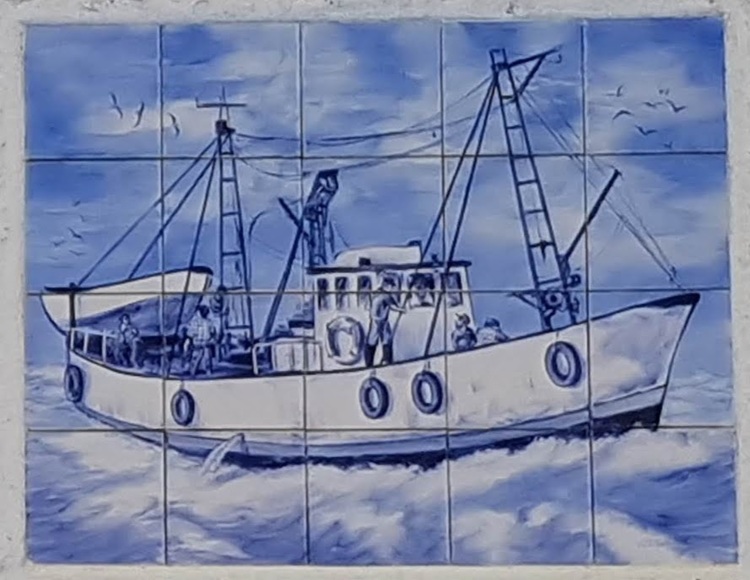
History of Aveiro
Aveiro's name is believed to come from the Celtic word for river mouth, "Aber". Its earliest associations are as a place of salt production and commercial shipping. From the 11th Century onwards Portugal's royalty started to pay attention to Aveiro, and in 1435, King Duarte allowed an annual tax-free fair, which came to be known as the March Fair (or "Feira de Março" in Portuguese), and the tradition continues to this day. By the 15th Century a fortified wall surrounded the historical centre of the city, which by this time included numerous important religious institutions.
A storm in 1575 closed access to the port, the main source of livelihood of the town, and its population shrunk to a quarter of its previous number, in the subsequent years. It wasn't until the construction of Barra canal, in 1808, that the city started to thrive again.